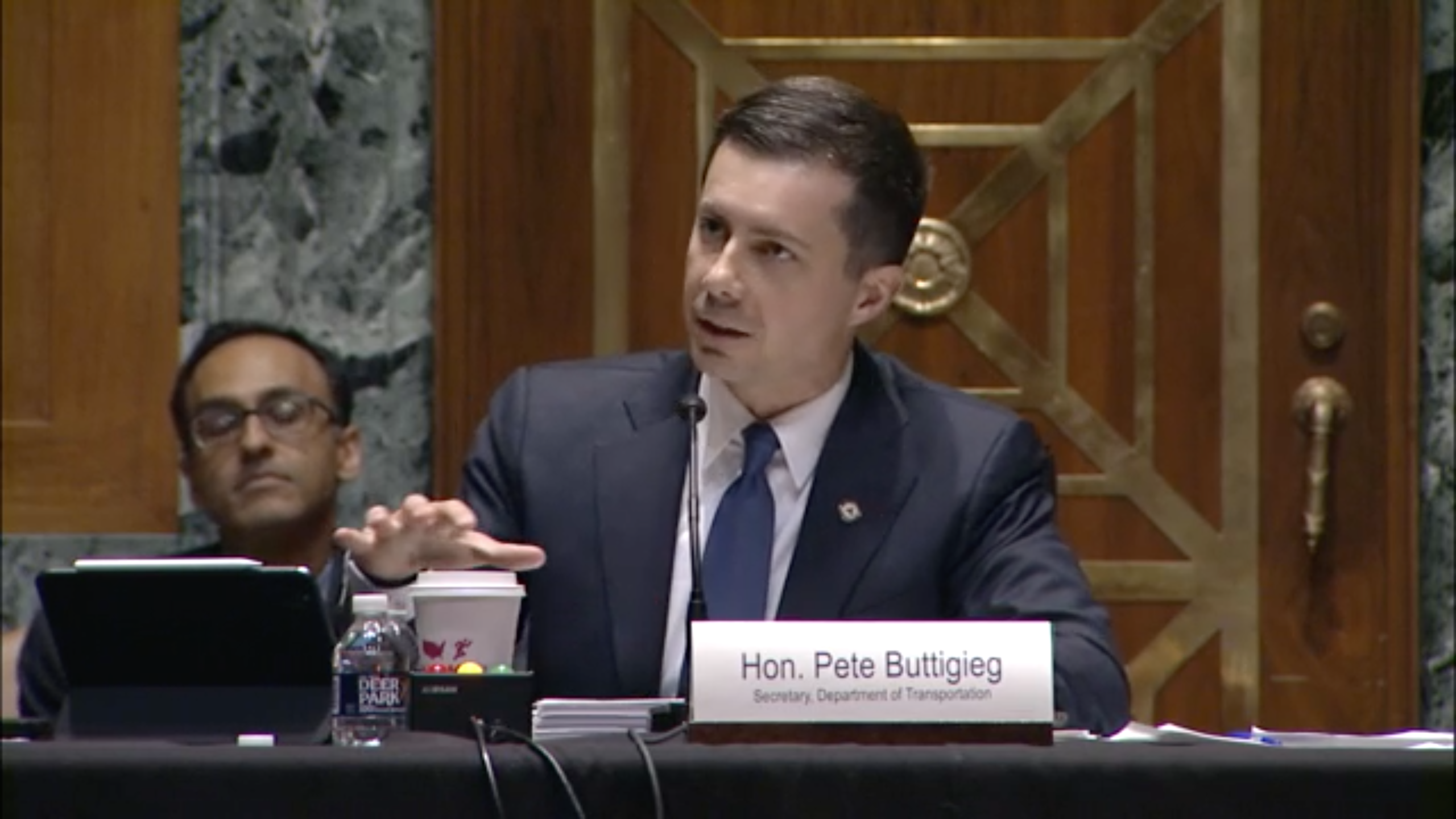With a new budget measure in place, overall federal discretionary spending will rise modestly for the current fiscal year and the next one. Attention now will turn to the congressional appropriations committees, which soon will decide how to divide the newly approved additional funds. Construction programs will compete with hundreds of other federal programs for shares of the increased pie.
Appropriators will have to produce final fiscal 2016 line-item numbers by Dec. 11, when a stopgap spending measure expires.
The budget measure, the result of House-Senate-White House negotiations, won final congressional approval on Oct. 30, when the Senate passed it on a 64-35 vote. President Obama signed it on Nov. 2.
Outgoing House Speaker John Boehner (R-Ohio) on Oct. 27 told reporters, “It’s a solid agreement.” He added, “It paves the way to fund the government this year and next.”
Speaking of the budget deal, Jimmy Christianson, director of the Associated General Contractors of America’s federal and heavy-construction division, says, “It’s still a mixed bag.” But the measure provides nearly two years with “less of a threat of a government shutdown,” he adds.
Christianson also notes that the legislation has limits. “This is not a long-term plan,” he says. “We’re still, ultimately, kicking the can. By no means is this budget deal an infrastructure [funding] deal.”
None of the 2016 appropriations bills has been enacted so far. After reviewing spending measures that have moved part-way through the legislative process,
Christianson sees signs about how construction programs might fare.
For example, he says, “I see [Corps of Engineers] civil works as being a winner in the budget deal,” based on its strong numbers in appropriations bills earlier this year.
On the other hand, Christianson says that tentative numbers for General Services Administration public-buildings construction indicate weaker final 2016 spending than in 2015.
The deal, worked out by House and Senate leaders and the White House, would prevent $80 billion in mandatory budget sequestration cuts from taking effect in fiscal 2016 and 2017. It also would hike discretionary spending by $16 billion in each of those two years.
In all, the budget measure calls for $1.067 trillion in fiscal 2016 discretionary spending. That would rise only slightly in 2017, to $1.070 trillion. Within the 2016 discretionary total, non-defense spending, which includes most construction accounts, would receive $518.5 billion. That non-defense total would rise by less than 1% in 2017.
The budget legislation also raises the U.S. debt limit, through March 15, 2017. The Treasury Dept. had warned that, unless Congress acted, the country would hit the ceiling by Nov. 3.




